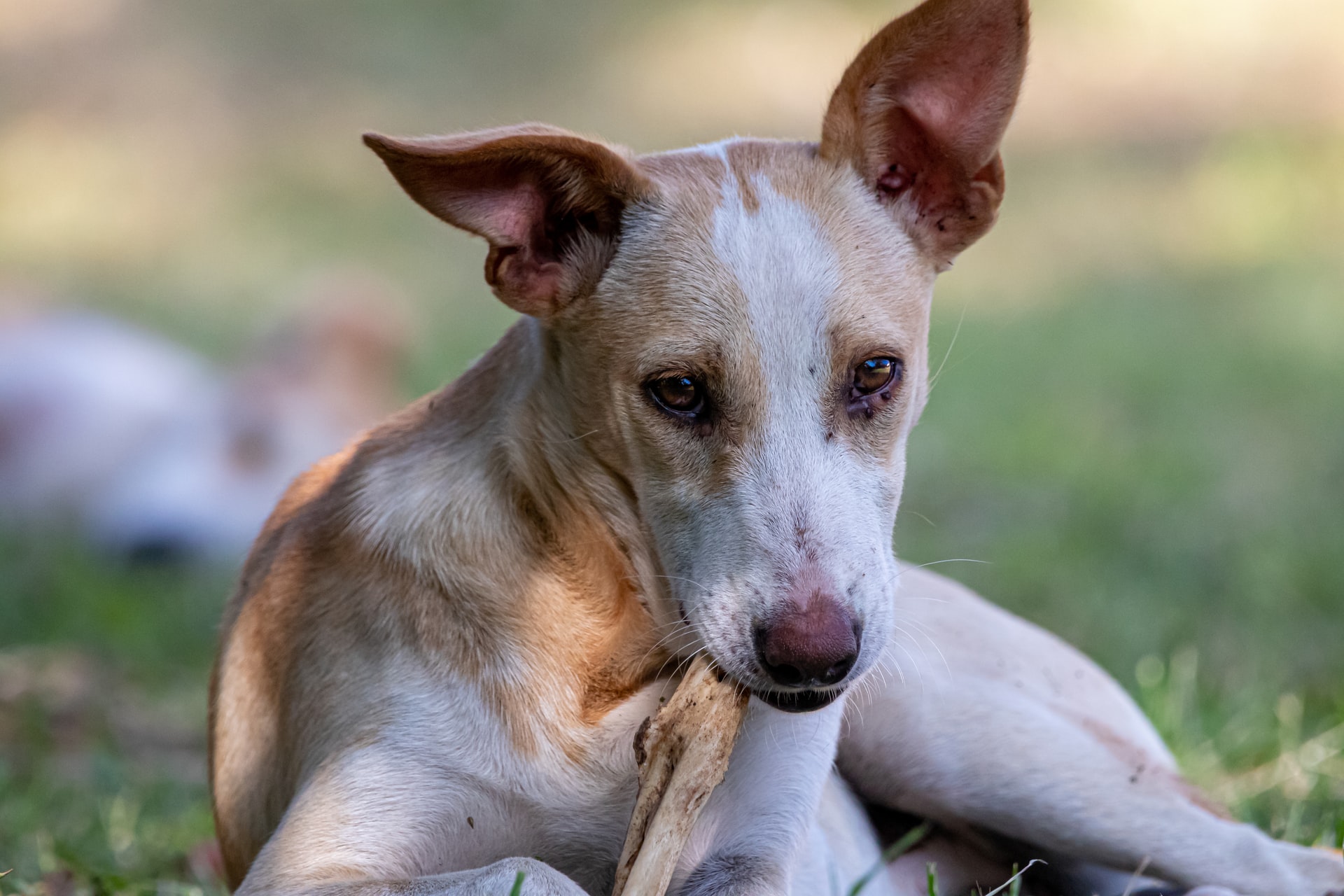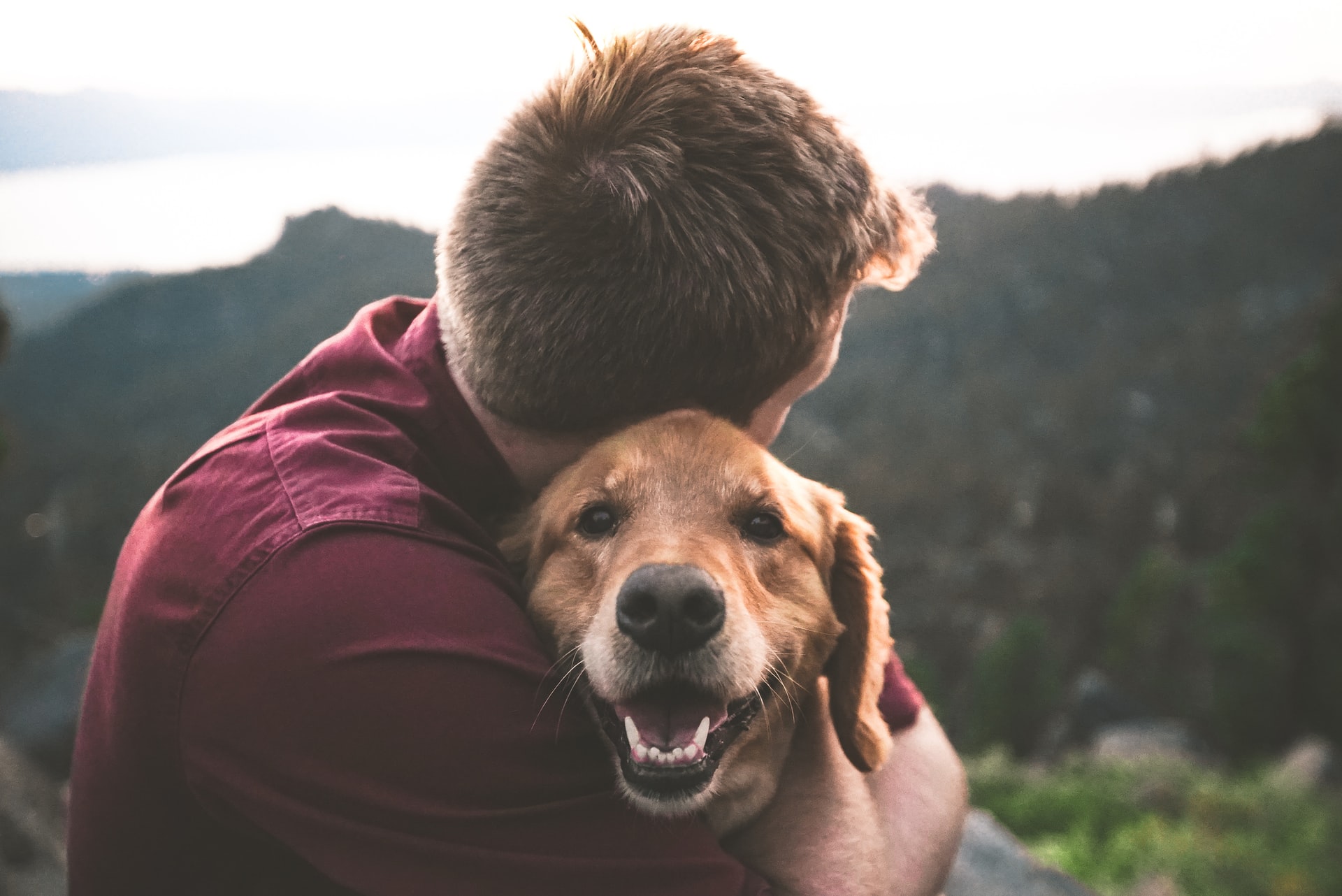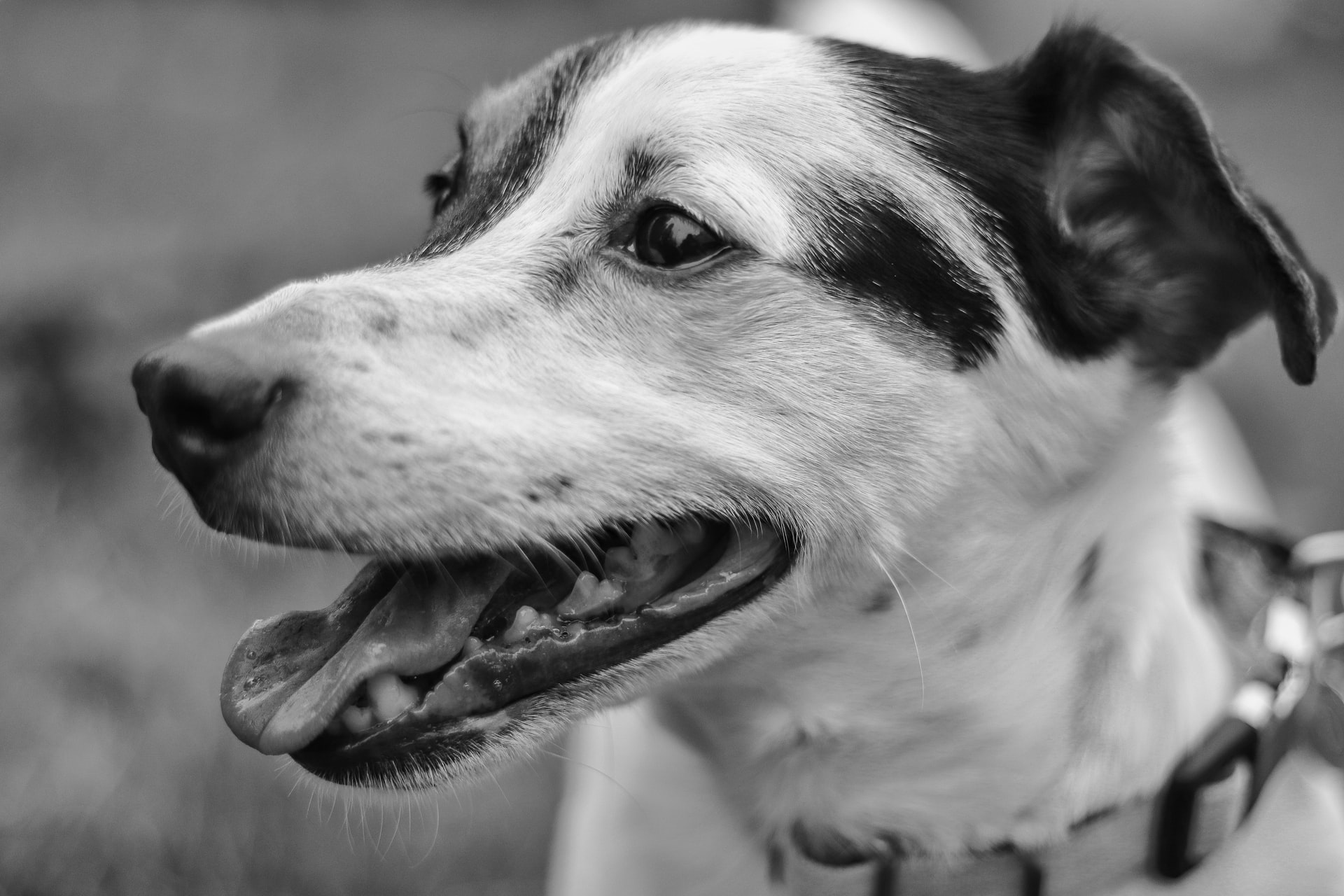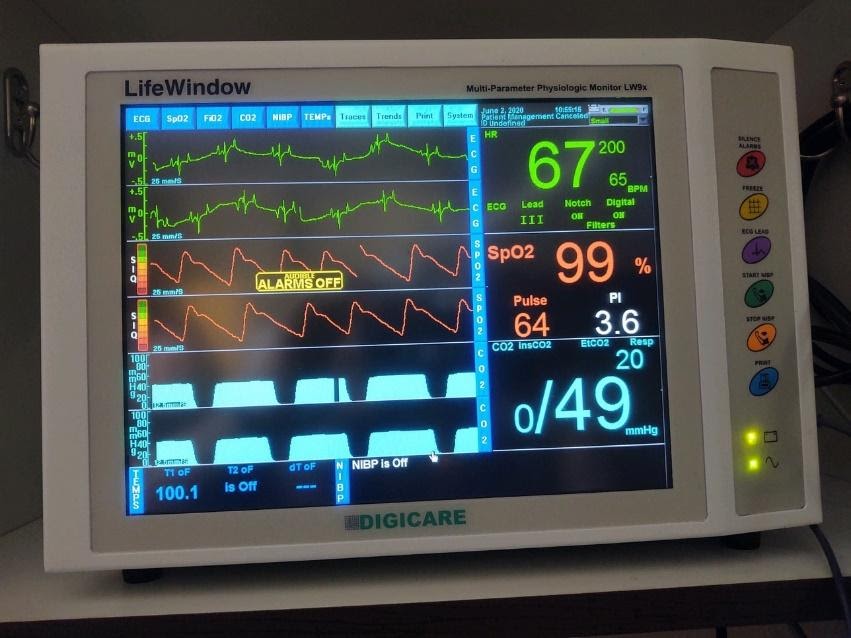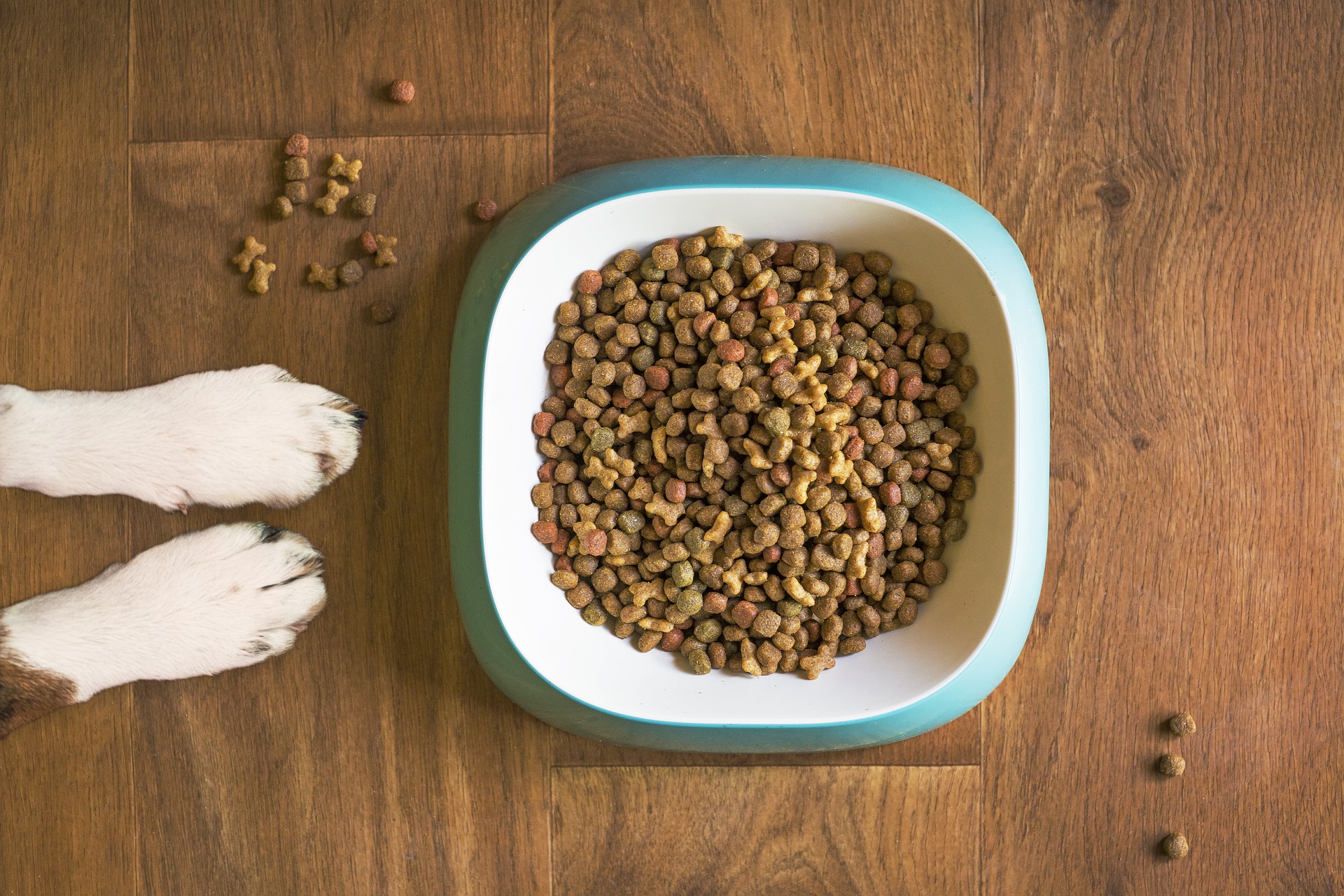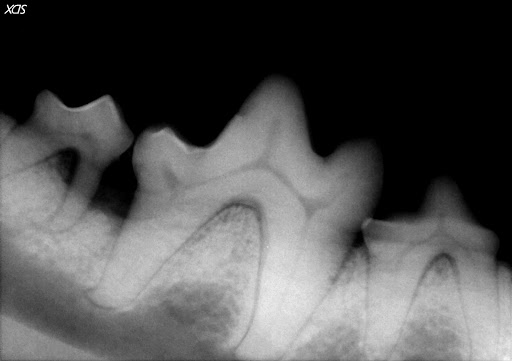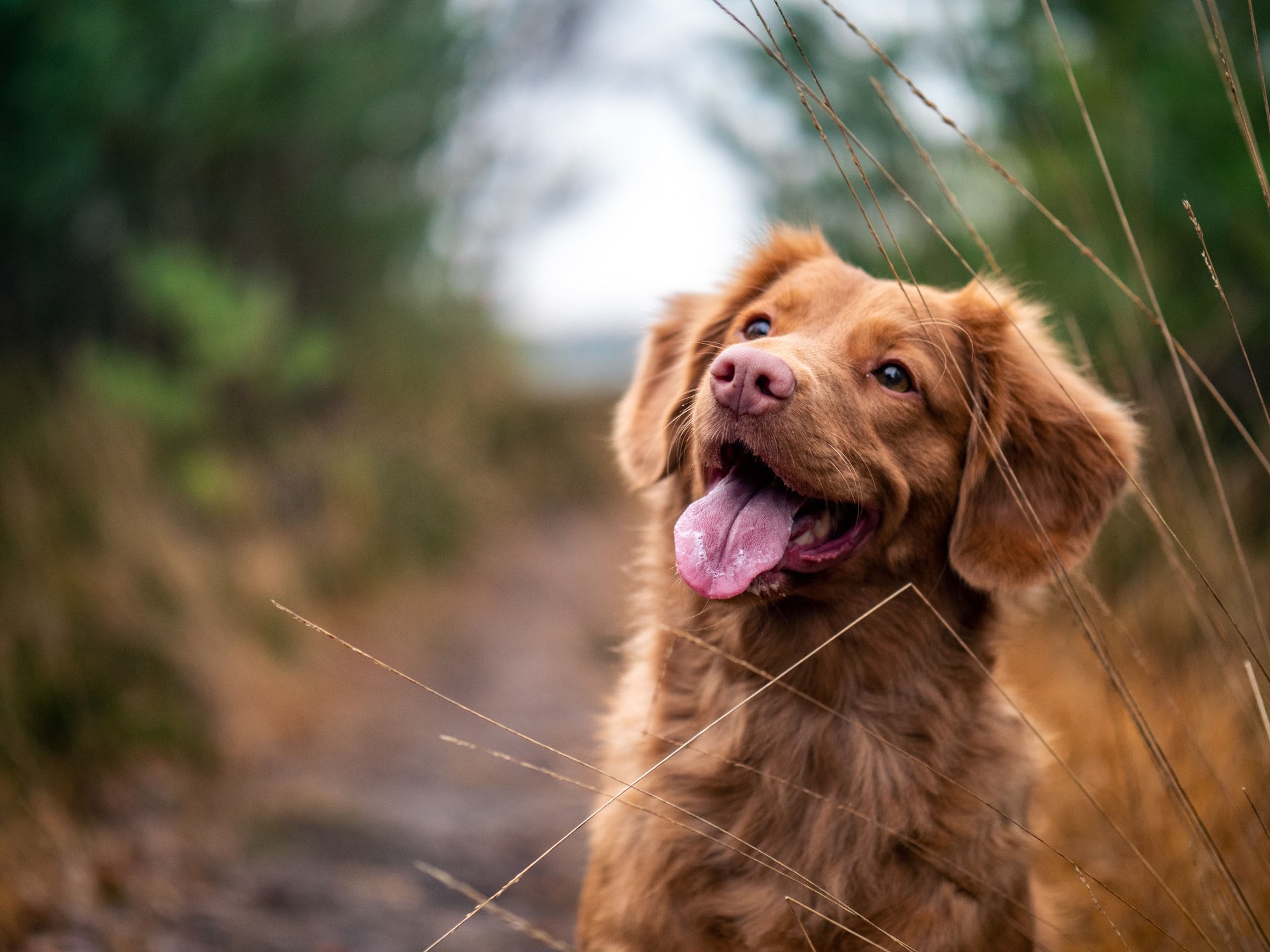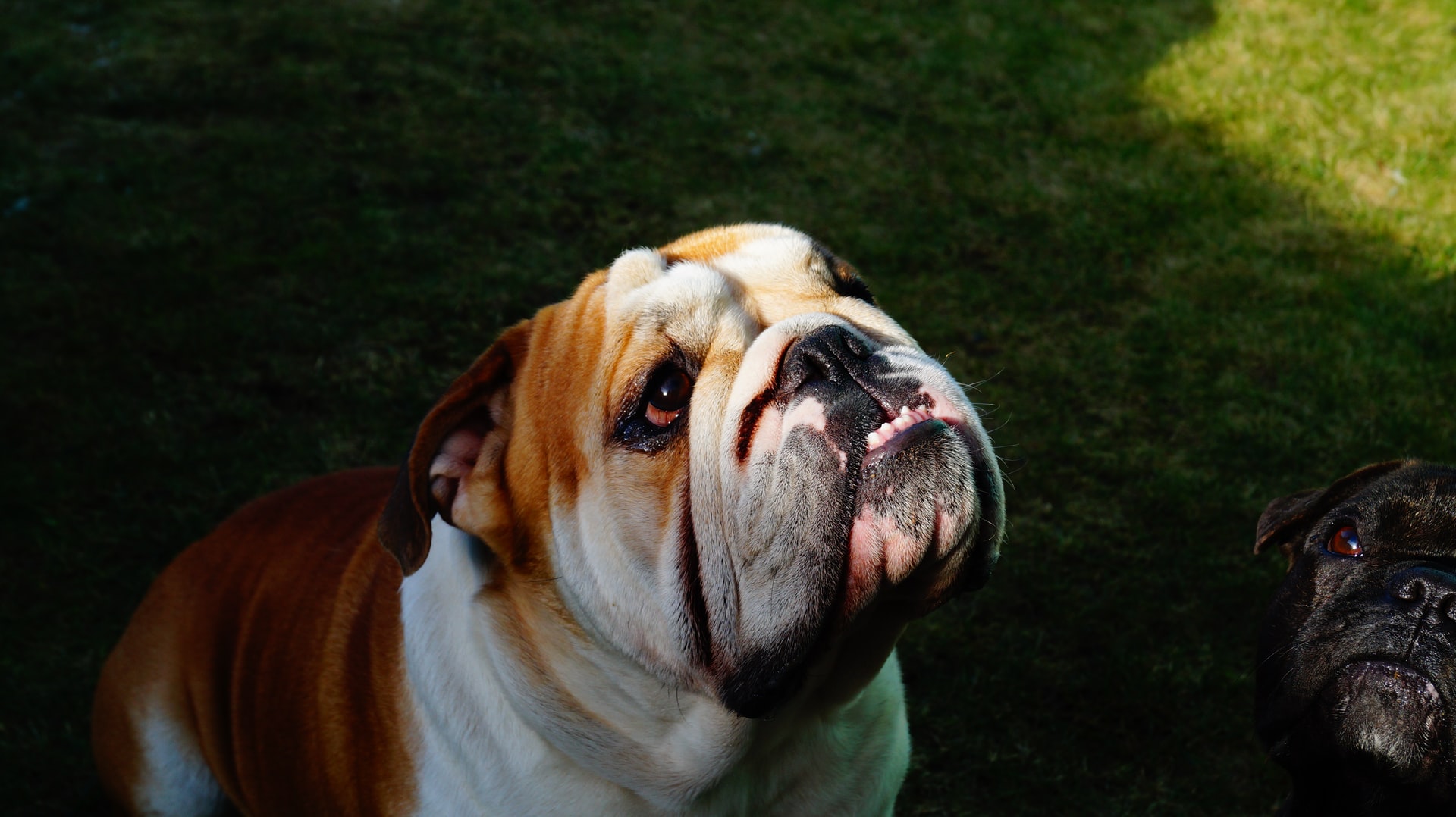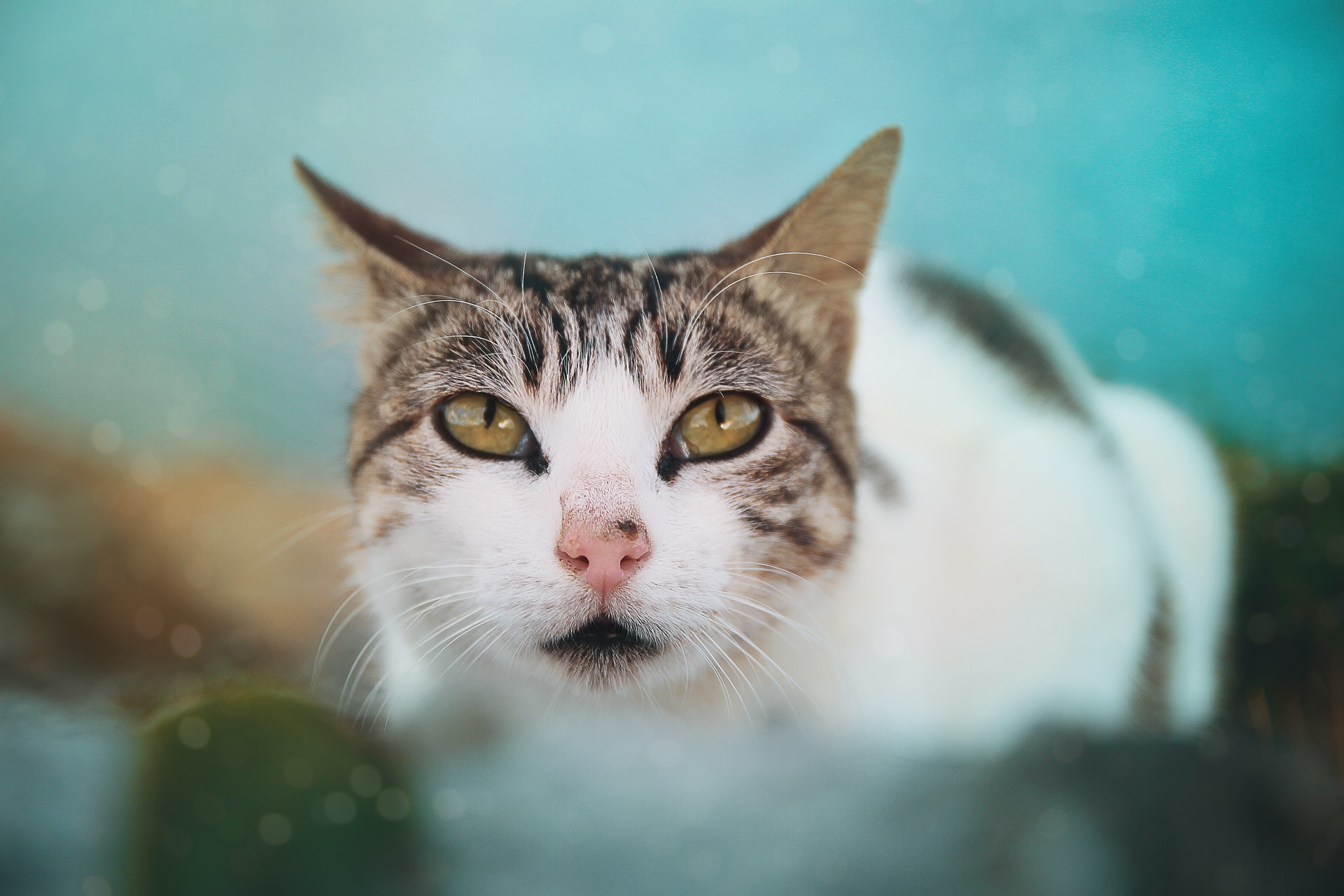What Should You Do If Your Dog Chips a Tooth?
A “chipped” tooth is a term used to describe a crown fracture in which the outer layer (enamel) of your dog’s tooth has been fractured, exposing the underlying dentin. To some, these “chip” fractures may seem insignificant, however, this is often not the...


